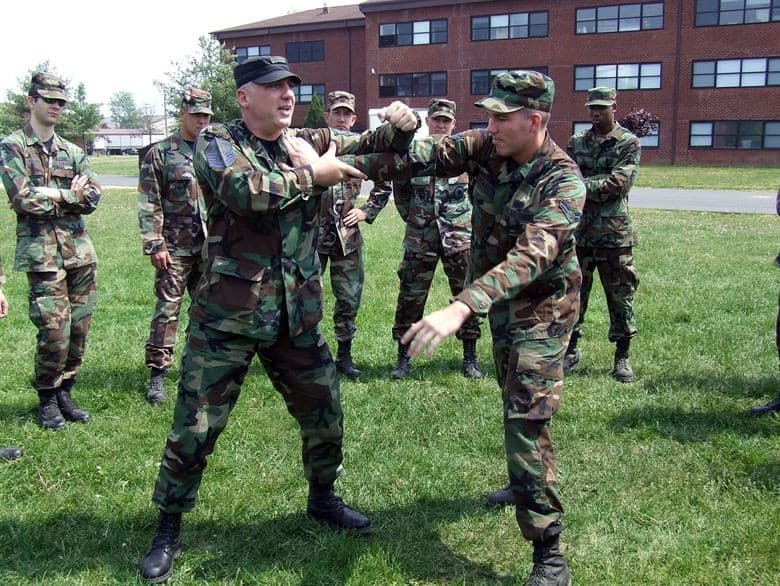Article updated January 13, 2024.
Martial arts, developed over centuries, embody lethal techniques honed for combat and self-defense. Initially crafted for survival in ancient battlefields, they have evolved, integrating diverse fighting styles and strategies.
This evolution reflects a relentless pursuit of efficiency in neutralizing threats. Martial arts like Krav Maga, developed for military use, emphasize incapacitating opponents swiftly and decisively.
Techniques in arts such as Muay Thai or Brazilian Jiu-Jitsu have been refined through competitive testing, focusing on powerful strikes and effective grappling. These arts offer more than physical prowess; they instill mental acuity and strategic thinking, making them deadly not just in physical execution but in the tactical advantage they provide.
While all martial arts can be deadly, mostly depending on the ferocity of the practitioner, the following can be counted as the most effective in experienced hands:
Krav Maga, Line, Rough and Tumble, Ninjutsu, Vale Tudo, Bacom, Eskrima, Brazilian Jiu-Jitsu, Muay Thai, Silat, Kung Fu, Taekwondo, MCMAP, Karate, and Sambo.
Top 15 Deadliest Martial Arts in The World – Ranked
15. Kung Fu
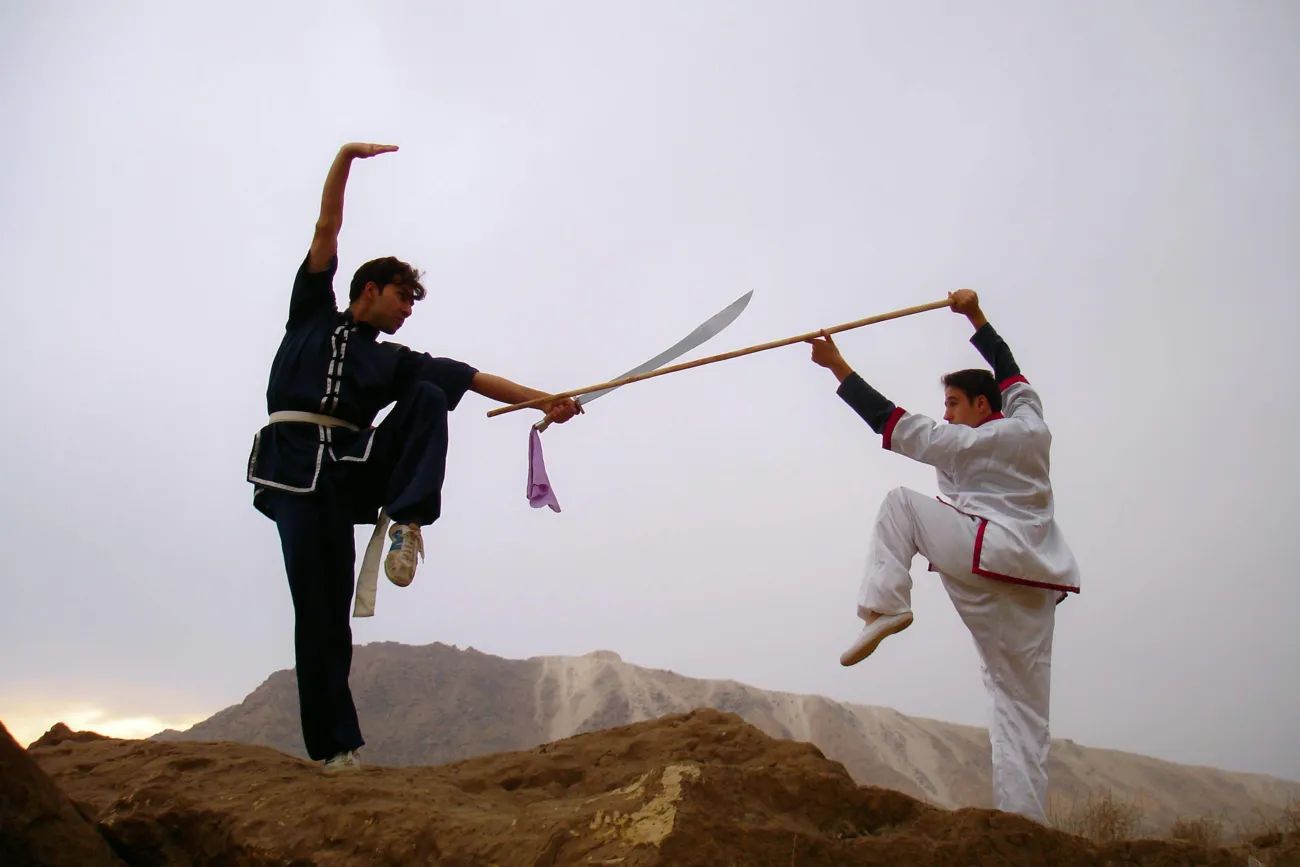
photo: Mostafa Meraji
Feature: Not a specific martial art per se, but a collection of martial arts styles which generally features cunning and quick, spar-ending blows. Examples are Shaolin, Wing Chun kung fu and Tai Chi. Emulates the fighting style of animals.
Principle: Kung Fu is more a philosophy, rather than a martial art. The philosophy is one of deep, internalized learning, study and practice. A process of achieving perfection, which can apply to many things in life. There is, for example, a Kung Fu way to make tea. And there is a Kung Fu way to be deadly.
History: It is one of the oldest hand to hand martial arts, it is practiced for centuries, and it was used by Chinese warriors as a form of attack as well as self-defense.
Summary: Much has been written about Kung Fu being more like a religion, a way of life. In some ways it is like Karate (mind and body). But if properly studied, in depth, it can be as dangerous and versatile as any other technique. Ask Bruce Lee!
14. Karate
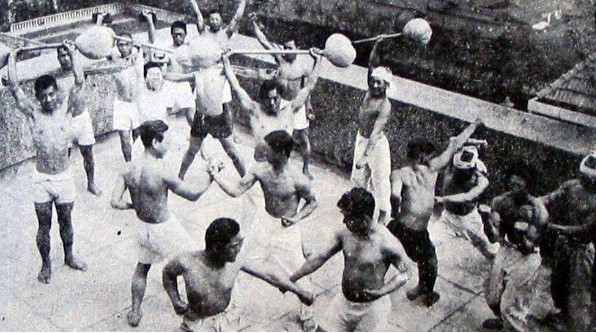
Above is a photo of early karate training in Japan.
Features: Karate is the quintessential Japanese martial art that uses all parts of the body for self-defense, including punching, kicking, elbows, throws, and open-handed “knife strikes”.
Principle: Ability to react in any number of physical ways to an attack. Versatile and fluid.
History: A whole-body and mind martial art, can be beautiful. The birthplace of karate is the island of Okinawa, located south of Japan in the Ryu Kyu Islands. Born likely in the 17th century and practiced by people that were prohibited from carrying weapons. This idea of limiting condition breeding invention has created many interesting and beautiful works of art in human history. And Karate can be counted as such a work of martial art.
Summary: Karate is different from other deadliest martial arts on this list mostly because it truly focuses on the mind as much as the body. In the gym, Kyokushin Karate allows blows with full force, and fighters carry no protection.
13. Taekwondo
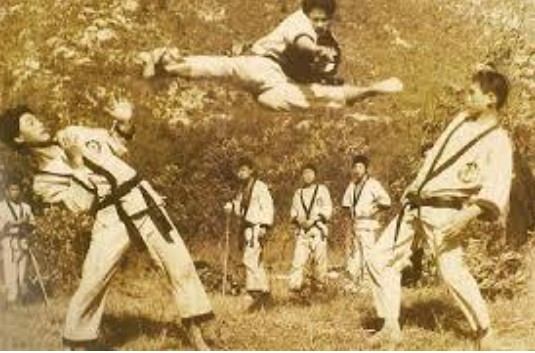
Features: Its name comes from the word Tae (태, hanja 跆), which means to kick, Kwon (권, hanja 拳), which means to strike with the hand, and Do (도, hanja 道), which means to hit. The emphasis of Taekwondo is on kicking. As the longest, strongest limb, fighters realized that using legs in combat gave them an edge over other fighting styles that focus on punching.
Principle: Taekwondo is a striking skill characterized by foot foot techniques for powerful kicks and speed.
History: Taekwondo is a Korean martial art that originated in the 1940s by combining different skills that were practiced at the time.. Today, taekwondo is considered one of the most popular martial arts and sports, and the number of practitioners in the world is estimated at more than 100 million.
Summary: The devastating power of a Taekwondo kick can drop opponents in seconds.
12. Brazilian Jiu-Jitsu
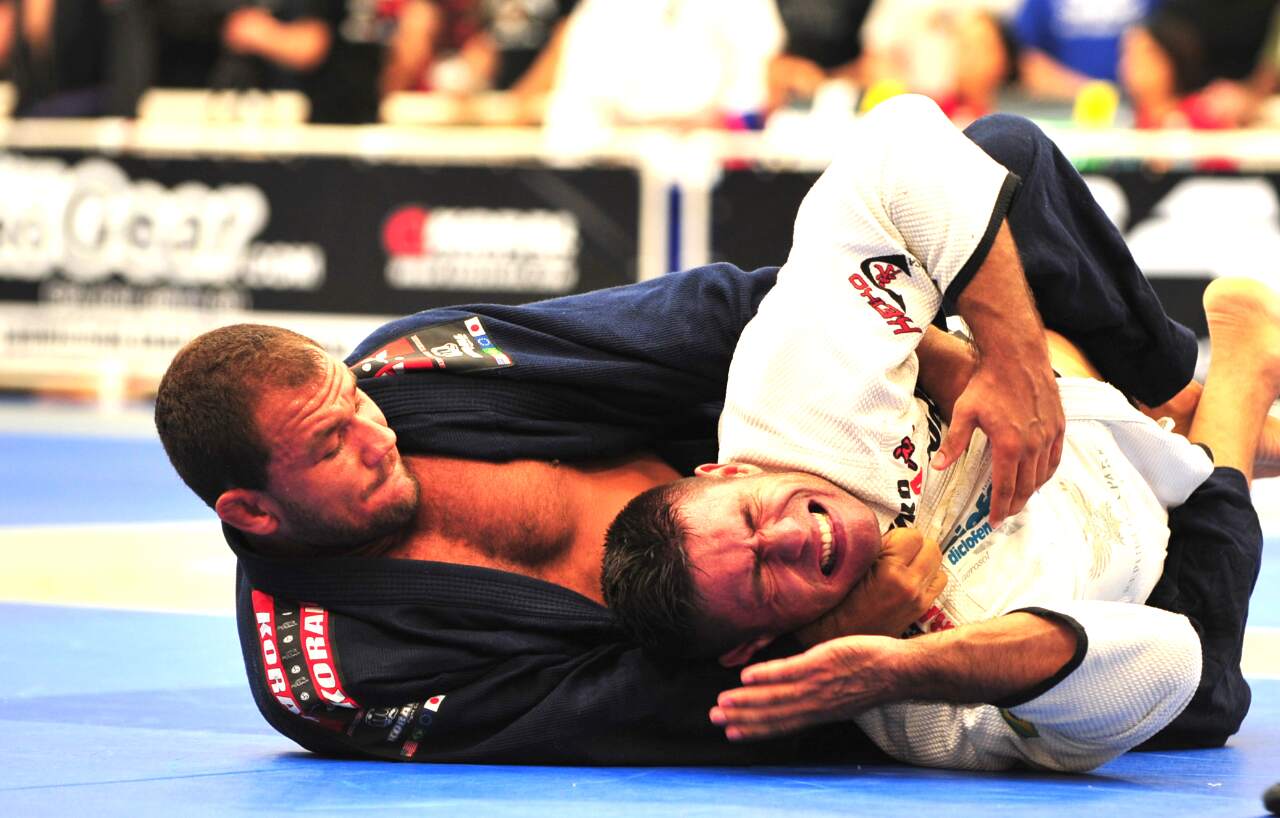
Photo: John Lamonica
Features: Grappling and especially on ground fighting, gain a dominant position using joint locks and choking to force the opponent to surrender.
Principle: A smaller, weaker person using balance and technique can successfully defend against a bigger and stronger attacker.
History: The system developed from a modified version of Judo practiced before World War II including some techniques from classical Jujitsu and with a focus on non-waza (floor techniques).
Summary: BJJ is especially good if you are a smaller person, but lacks outright punching power if this is required in self defense. See another article here on the best martial arts for women, as the principle of using Jiu jitsu against larger opponents is quite useful.
11. Sambo
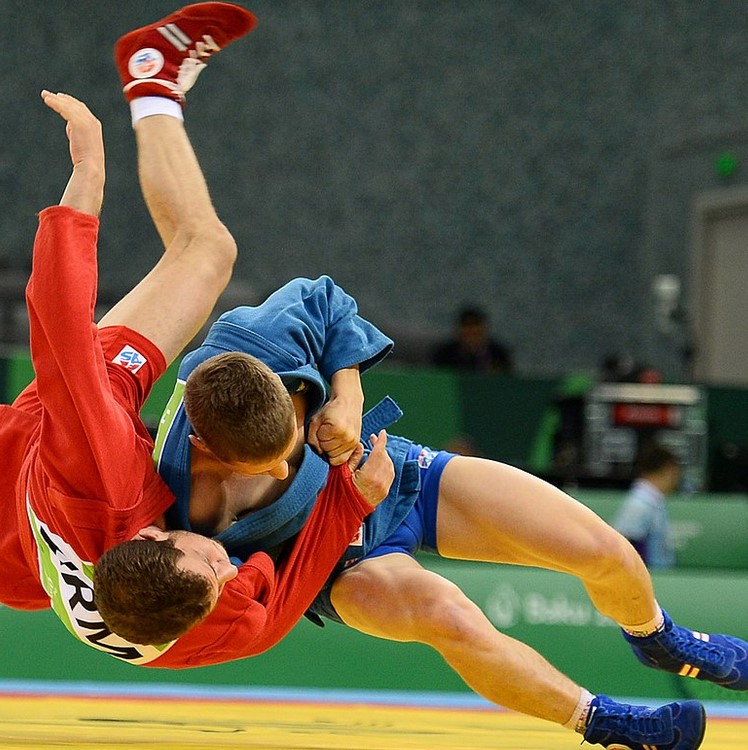
Features: Martial art of unarmed self-defense, a combination of judo, kickboxing, Thai boxing, and boxing. The word Sambo is an abbreviation, in Russian, of self-defense without weapons.
Principle: Defeat your enemy without weapons, in whatever way possible. Not a philosophy, just a way to fight.
History: Developed in the Soviet Union, Sambo was originally practiced by Red Army soldiers and government agents. Later, with the increase in violence, Sambo began to be used by security guards and private bodyguards who added some innovations like knives, batons, etc.
Summary: Deadly because it can use just about anything to bring down the enemy – including head butts, groin strikes. Difficult, but dangerous. As Nurmagomedov, a champion of Sambo, stated, tongue in cheek – if sambo was easy, it would be called jiu jitsu.
10. MCMAP – Marine Corps Martial Arts Program
Features: Combines existing and new hand-to-hand and close quarters combat techniques with morale and team-building functions and instruction in the Warrior Ethos. Not unlike Sambo in some ways.
Principle: Stresses mental and character development, including the responsible use of force, leadership, and teamwork.
History:The Marine Corps Martial Arts Program (MCMAP) is a combat system developed by the United States Marine Corps. The program, which began in 2001, trains Marines (and U.S. Navy personnel attached to Marine units in unarmed combat, edged weapons, weapons of opportunity, and rifle and bayonet techniques
Summary: A milder version of Line (see below), but very versatile, as it includes hand to hand fighting, as well as weapons to inflict maximum pain. A brutal style.
9. Muay Thai (Thai Boxing)
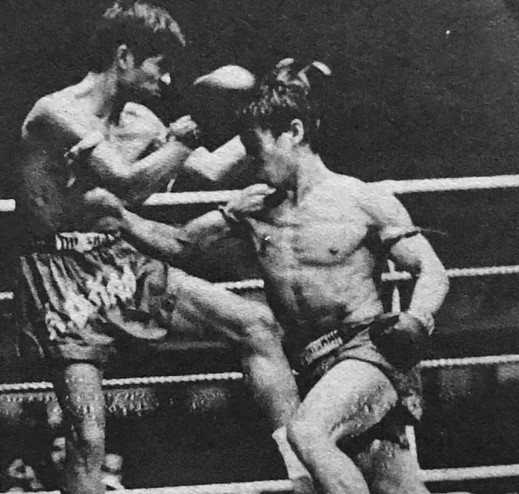
Features: Art of the Eight Limbs – elbows and knees are counted under the limbs and are used in combat to strike the opponent as hard as possible and overcome as quickly as possible.
Principle: Designed to be learned quickly, and at while being applicable in almost constant conflicts.
History: Muay Thai or Thai boxing is a martial art created as a product of the constant conflicts of the Thai people on the way from their homeland (southeast China) to the area of present-day Thailand. Due to the constant conflicts with other peoples of Indochina, there was a need for a martial art that would be on the borders.
Summary: A very popular style of martial art for a reason. Hard on the body – fighters will train for years to make their forearms and shins strong. A big reason for the danger of Muay Thai is that the fighter is simply very tough, not bothered as much by pain.
8. Silat
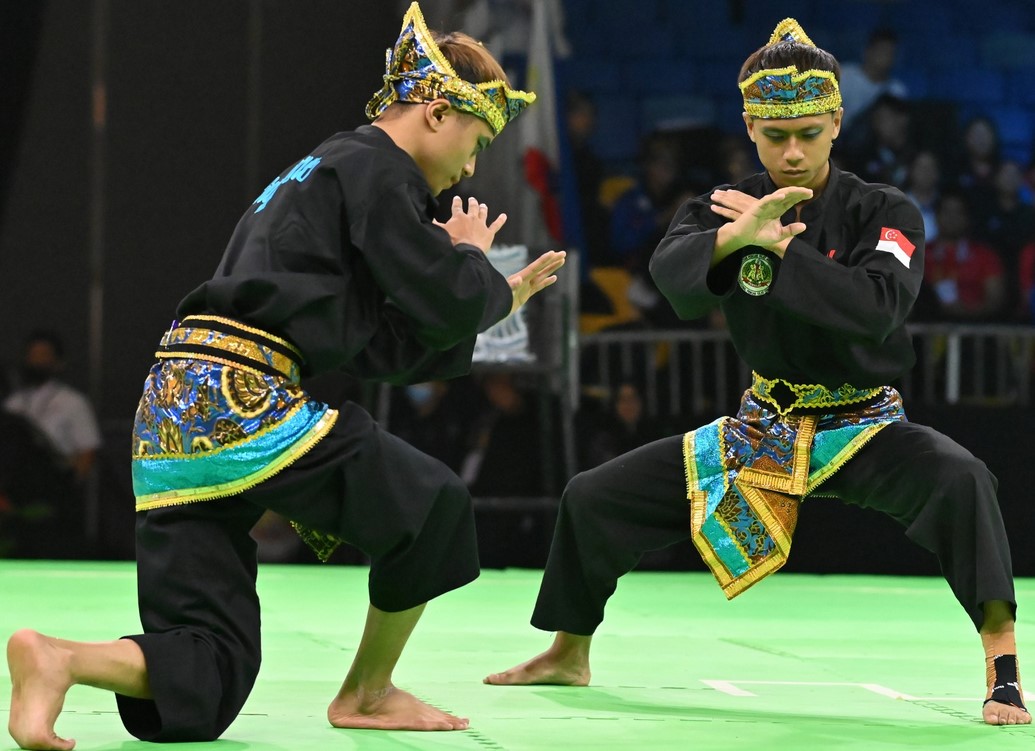
Features: A collection of martial arts centered on causing pain. Characterized by a quick attack in which it is very important to get close to the opponent quickly, break him in ten seconds and then knock him unconscious with a strong blow to the face, throat, or kidney. No honor, no fame, just dirty punches, and exploitation of weaknesses.
Principle: Not a philosophy. Focus is simply on one thing: violence.
History: Silat is the collective term for a class of indigenous martial arts from the Nusantara and surrounding geocultural areas of Southeast Asia. It is traditionally practiced in Brunei, Indonesia, Malaysia, Singapore, Southern Thailand, Southern Philippines, and Southern Vietnam, the indigenous homes to the Malayo-Sumbawan and Javanese speaking peoples.
Summary: This fighting style is all about exploiting weaknesses in your enemy and incapacitating them as quickly as possible. The focus on anything goes, and strikes, joint manipulation, weaponry make Silat deadly indeed.
7. Eskrima
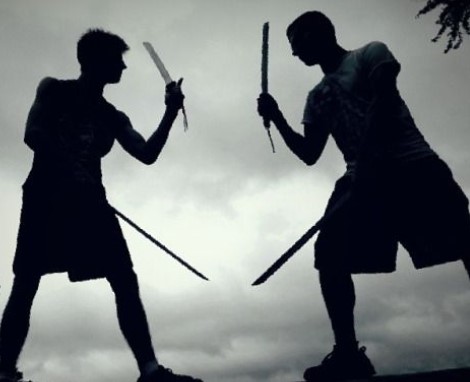
Features: Tradition of quick punches, grabbing hands or feet, disarming, and incapacitating people. Uses sticks to inflict damage.
Principle: The philosophy of Eskrima is that the absence of weapons does not necessarily mean that you cannot kill an opponent with your bare hands.
History: Arnis, also known as Kali or Eskrima/Escrima, is the national martial art of the Philippines. The three are roughly interchangeable umbrella terms for the traditional martial arts of the Philippines, which emphasize weapon-based fighting with sticks, knives, bladed weapons, and various improvised weapons, as well as “open hand” techniques without weapons.
Summary: Can easily cripple an opponent’s hands, wrists, elbows, knees and feet because of the emphasis on using sticks as weapons. Aesthetically pleasing, to boot.
6. Bacom
Features: Injure the opponents within a short span of time. It also involves the usage of hidden weapons and extreme punches. It is a combination of Jiu-Jitsu and street fighting techniques.
Principle: Emphasis on power. There is also an element of surprise and deception as fighters can use hidden, secretive weapons in battle.
History: Alternatively, name of Bacom is Vacon. This is a Peruvian martial art. This martial art was developed in the streets of Lima for use by the Peruvian Military.
Summary: What makes Bacom distinct from other combat practices is the vicious nature of the martial art. The fighting style is made to inflict the maximum amount of pain on the opponent and become too much for the opponent to handle. A fight that takes place when Bacom is utilized, many times ends in the death of one of the competitors. It also involves armlocks.
Top 5 Deadliest Martial Arts in the World
We’ve come to the end of the list, the top 5 deadliest martial arts in the world. Let’s proceed!
5. Rough and Tumble
Features: Characterized by the objective of gouging out an opponent’s eye but also included other brutally disfiguring techniques, including biting and typically took place in order to settle disputes.
Principle: Historically, this fighting technique came to be out of the desire to defend one’s honor. By gouging. Arguably, the least honorable way to fight. Principles, then? None.
History: Rough and tumble or gouging was a form of fighting in rural portions of the United States, primarily in the eighteenth and nineteenth centuries. Though it was never an organized sport, participants would sometimes schedule their fights (as one could schedule a duel), and victors were treated as local heroes.
Summary: Dirty fighting. Extremely brutal, with no concern for the opponent’s safety and with the sole purpose to disable or kill opponents. An ignoble, if effective, style.
4. Vale Tudo
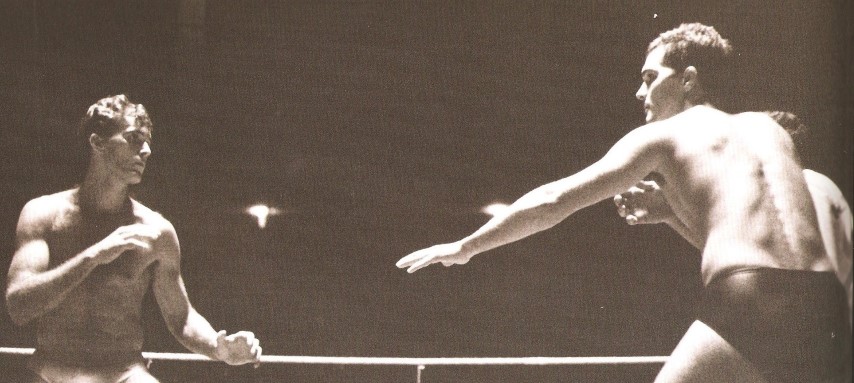
Photo: Valdemar Mendes
Features: Unarmed, full-contact combat sport with relatively few rules. Heavy on striking and grappling.
Principle: Vale Tudo translates to Anything Goes. Enough said.
History: Developed in Brazil, on the streets, over the past century. While Argentina invented the passionate Tango, Brazil opted for the deadly Vale Tudo. Now included in MMA. Can be considered a predecessor to MMA.
Summary: Vale Tudo is an extremely brutal martial art, and it is so deadly that its fights are mostly held underground, and it often creates a stir in the media.
3. Ninjutsu
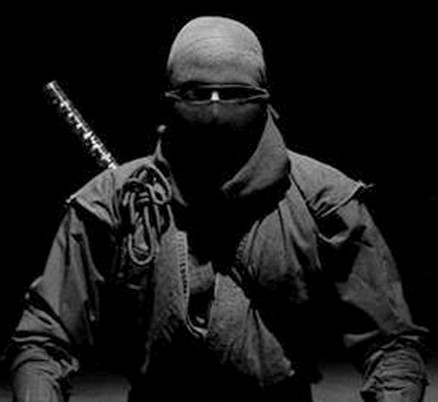
Features: Set of different skills that include espionage, gathering information, navigating and surviving in nature, hiding and sneaking, camouflage, avoiding enemies, infiltration, overcoming natural and artificial obstacles, fighting with bare hands, various weapons, and hand tools.
Principle: Ninjas – the James Bond’s of Japanese history. The quick idea here is to survive, hide and attack the enemy.
History: Japanese martial art. Most likely appeared in the 13th century, at the time of the appearance of the first shogunate. Most likely created by renegade peasants to counter the increasing threats of the Samurai class. They sought safety in the mountainous areas of Ig and Koga, the central Japanese island of Honshu. It has been, perhaps along with karate, the most visible form of martial arts in modern pop culture. The ninja has featured in countless video games and movies. It is now iconic, but this should not detract from the fact that it really is effective against an aggressor.
Summary: An incredibly well-rounded style, or rather collection of style, which include grappling, ground fighting, locks, chokes, as well as weapons training, mental toughness and flexibility. The Swiss Army knife of martial arts
2. Line
Features: Universal style, meaning regardless of gender and size. Seeks to gain a dominant position over the opponent, to close the distance while staying out of strike range, and then finish him off with grappling.
Principle: Developed for real-world situations – most combat conditions occur in areas or times of low-light conditions, whilst wearing full combat gear in numerically inferior odds.
History: LINE is a close quarters combat system, derived from various martial arts, used by the United States Marine Corps between 1989 and 1998, and then from 1998 through to 2007 for the US Army Special Forces.
Summary: Real-world battleground fighting techniques. Designed to kill the enemy on the battleground.
1. Krav Maga
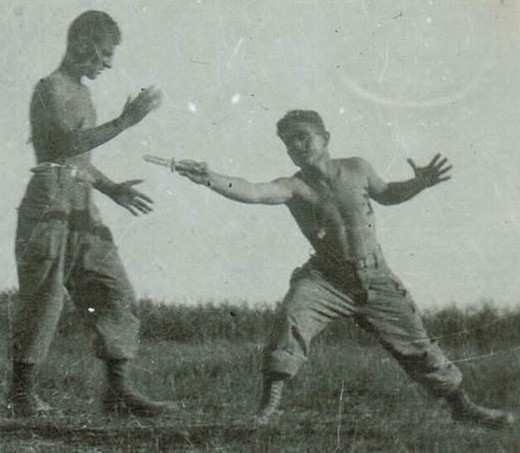
Features: A practical method of combat that teaches self-defense, martial and combat skills, as well as the skills of protecting others. Designed to be easy to learn, Krav Maga training has evolved greatly over the years. The style is mainly a combination of aikido, judo, wrestling, karate and boxing. Truly an all-rounder.
Principle: Focus is on how to avoid, prevent, and resolve any kind of violence and attack.
History: Krav Maga is an Israeli martial art widely accepted in the military such as the Israel Defense Forces, police, and similar branches as a defense against bare-handed and even armed attackers. It proved to be excellent on the field and got its name from its founder Imre Lichtenfeld, a boxer from Bratislava. Lichtenfeld left Europe for today’s Israel in the 1940’s where he trained Jewish paramilitary groups.
Summary: The deadliness of Krav Maga stems from the idea that it is either the opponent or I that will win or die. In the field, it is not meant to take prisoners. Does not have rules or concern for the opponents’ well-being.
For a deeper dive into Krav Maga, here is an article Way of Martial Arts has written specifically about it.
How To Become Like Bruce Lee With Good Martial Arts Training
Embarking on the journey of martial arts is an exhilarating adventure, one that requires not just physical dedication but also the guidance of a skilled instructor. The quest to find the perfect mentor is akin to seeking a wise sage in ancient lore, like Bruce Lee’s daughter perhaps? – it demands patience, research, and a keen sense of what you seek.
Firstly, introspect on your personal quest. Are you seeking the path of a warrior for self-defense, the discipline of a monk for fitness, or the wisdom of a master for personal growth? Each martial art, be it the graceful dance of Aikido or the fierce strikes of Muay Thai, offers a unique path, and so do their instructors. Your goal will light the way.
As you embark on this quest, delve into the histories of potential instructors. A true master carries a legacy not just of skill, but of knowledge passed down through generations. Their qualifications, experience, and lineage in the martial arts world speak volumes. It’s not just about the belts or trophies, but the journey they’ve traversed in their martial arts career.
Venture into their dojo, speak to the krav maga association, and try your hand at some easy byet practical techniques. Watch how they command the floor, not just through shouts and strikes, but through respect and attention they garner. The way they interact with students, their teaching methods, and the aura of the class are like unwritten chapters of a book you’re about to read. It should resonate with you.
Safety in martial arts is paramount, akin to the armor of a knight. A good instructor ensures their warriors are well-protected, physically and mentally. They understand that the true strength of a martial artist lies as much in their discipline as in their ability to avoid and withstand injury.
In this modern age, even warriors need testimonials. Don’t shy away from asking for references. Hearing tales from fellow students can provide invaluable insights into the instructor’s realm.
Remember, the bond between a martial artist and their instructor is sacred, almost mystical. This person will not just teach you how to throw a punch or a kick, but will guide you through a journey of self-discovery and growth. Their personality, ethos, and teaching philosophy should harmonize with your spirit.
Lastly, the scrolls of fees and costs – be clear about these mundane but necessary details. Understanding the investment required in this journey helps in preparing for the road ahead.
Conclusion
We reach the end of our exhilarating journey through the world of martial arts, a realm where pain, danger, and deadly skill intertwine. This list, carefully selected by the Way of Martial Arts, may have a hint of subjectivity, but it underscores a fundamental truth: the less constrained by rules, the more lethal the art becomes.
While martial arts are traditionally rooted in discipline and structure, remember, the ring is a far cry from the unpredictability of the street or the ancient battlefield. In today’s world, where aggression knows no formalities, expect no ceremonial bows. This is the raw essence of martial arts – a blend of tradition and ruthless efficiency, a dance of danger that echoes through the ages.
